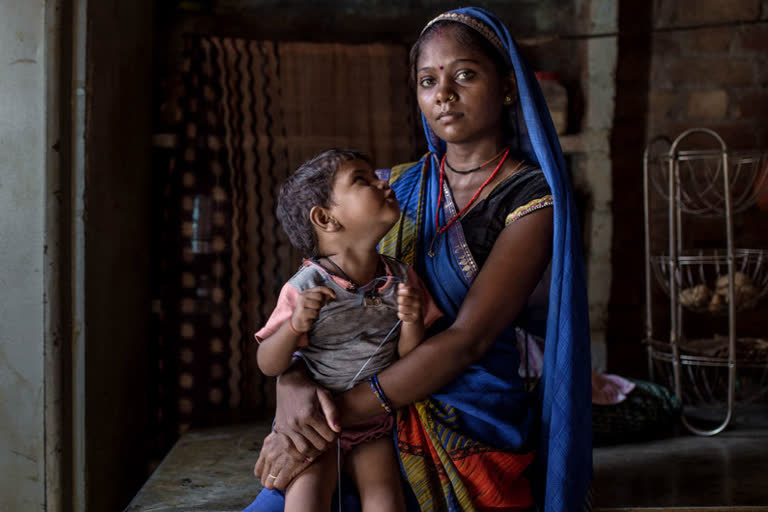New Delhi:The global Multidimensional Poverty Index (MPI), prepared by the UN Development Programme (UNDP) and the Oxford Poverty and Human Development Initiative, have found that differences in so-called multidimensional poverty among ethnic groups are consistently high across many countries.
It has also found that in nine specific ethnic groups surveyed, more than 90 per cent of the population is trapped in poverty. In some cases, disparities across ethnic and racial groups are greater than across regions within a country. More than that, the disparities across the Index for ethnicity, is greater than that across all 109 countries, and all other variables tested.
Besides income, the Index measures poverty using various indicators, including poor health, insufficient education and a low standard of living. The research for the report was conducted across 109 countries, covering 5.9 billion people, and presents an ethnicity/race/caste disaggregation, for 41 nations.
Within a country, multidimensional poverty among different ethnic groups can vary immensely. For example, in Latin America, indigenous peoples are among the poorest. In Bolivia, indigenous communities account for about 44 per cent of the population, but represent 75 per cent of multidimensionally poor people. The figures are also stark in India, where five out of six people in this situation were from “lower tribes or castes”, according to UNDP.
Proposing solutions for this problem, the authors point out the example of the two poorest ethnic groups in Gambia, that have roughly the same value in the Index, but have different deprivations, to show that different policy actions are needed to find effective solutions for different cases.
Focusing on gender, the report shows that, worldwide, about two-thirds of multidimensionally poor people, or 836 million, live in households where no woman or girl has completed at least six years of schooling. Besides that, one-sixth of all people in this situation, about 215 million, live in households in which at least one boy or man has completed six or more years of schooling, but no girl or woman has. The report also finds that these women and girls are at higher risk of suffering intimate partner violence.
